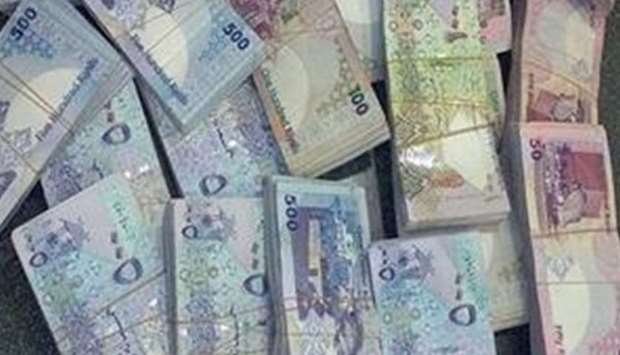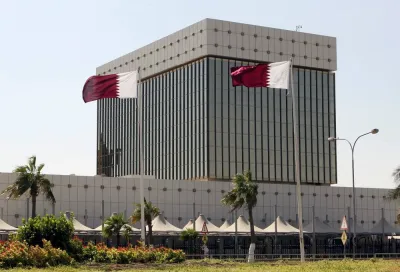Qatari riyal is now trading close to its fixed peg rate, in both off-shore and on-shore forex market and confidence has been regained after the “speculative attack” in the offshore market since the blockade, the Qatar Central Bank (QCB) has said.
QCB has adopted the exchange rate policy, through fixing the value of the Qatari riyal against the US dollar at a rate of QR3.64 per dollar as a nominal anchor for its monetary policy.
“The peg has always been highly credible. The targeted peg was officially authorised by Amiri Decree No 34 of 2001 issued in July, substituting the de jure exchange rate policy of pegging to the SDR that was in effect since 1975,” the QCB said in its ninth Financial Stability Review.
According to the central bank, commercial banks domestically trade the dollar on the basis of price determined by QCB. Nonetheless, commercial banks add a small margin to the QCB fixed price when dealing with the public. Otherwise, commercial banks trade other currencies based on QCB determined exchange rate of QR against the USD and market-determined exchange rate of a given currency against the dollar.
“Qatari riyal was subject to speculative attack in the offshore market since the embargo. As per the data provided by Reuters, the exchange rate reached the highest of 3.865 in November 2017,” the QCB said in its latest report, which is a comprehensive review of the country’s financial system in 2017.
“Through appropriate communication strategy, the confidence in the market is regained and the offshore market rate came back to normalcy since December 2017,” QCB said.
Exchange rate fluctuation can also impact the profitability of the banks in case the banks have adverse position in their foreign current (FC) asset-liability structure, it said.
As at end December 2017 FC liabilities have increased while FC assets have declined leading to a negative gap in foreign currency asset-liability structure.
Higher liability in FC increases the market risk in case of depreciation of Qatari riyal against other currencies.
“However, most of the banking sector's assets and liability are in USD, and given the dollar peg, exposure to market risk from exchange rate volatility is limited,” the QCB said.




